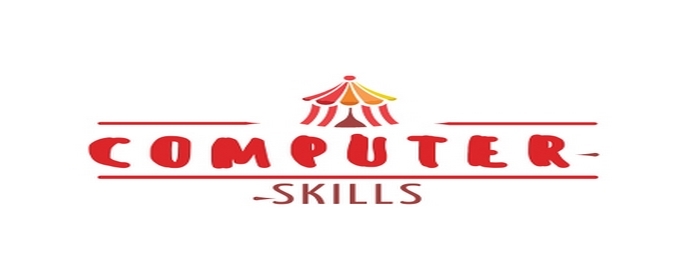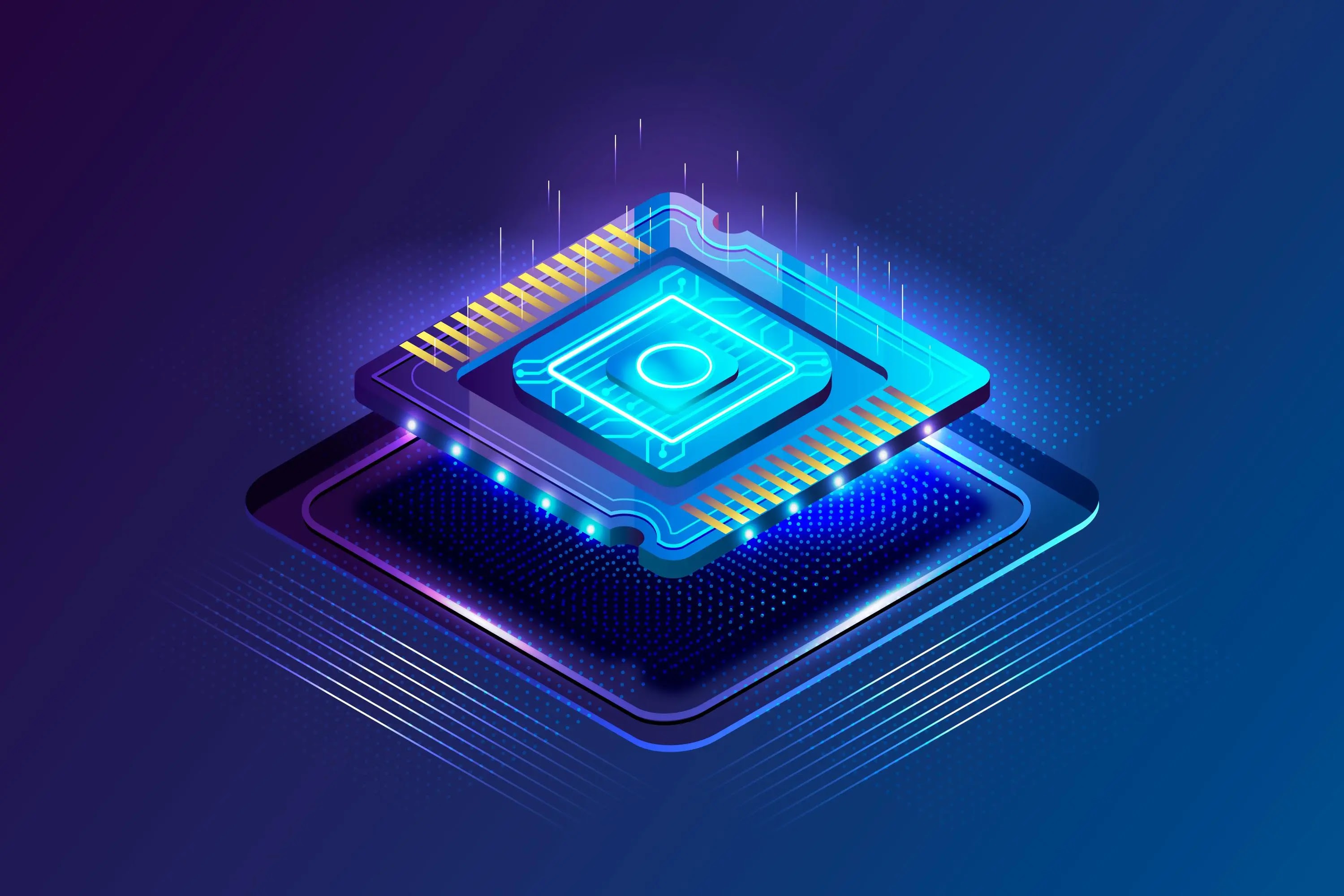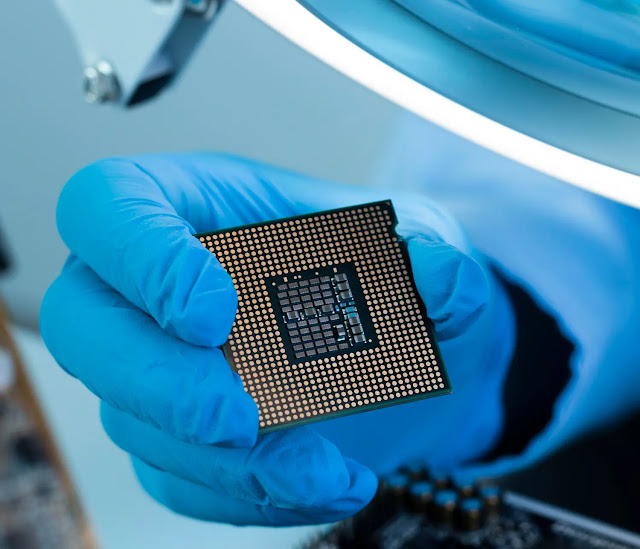In recent times, ARM CPUs have come decreasingly popular, powering a wide range of bias, from smartphones to laptops and servers. ARM processors are making swells in the technology assiduity with a focus on energy effectiveness and performance. In this composition, we will explore the rearmost ARM CPUs in 2023, pressing their features, capabilities, and implicit impact on the request. We'll also bandy how these processors compare to the rearmost Intel Core processors and the current Intel CPU generation.
ARM's Total Compute Solutions 23 (TCS23)
ARM has lately blazoned its rearmost collection of chip designs, known as Total Compute Solutions 23 (TCS23), which builds upon the company's former immolations. Under the TCS23 marquee, ARM provides an array of chip technologies designed, tested, and optimized to work together seamlessly. This allows ARM's guests to license an optimal package of cores and regulators, which can be fluently integrated into a system-on-chip ( SoC) for a faster time to vend.
ARMv9.2 Architecture
The TCS23 utilizes ARM's rearmost Armv9.2 armature, offering significant performance and power effectiveness advancements over former generations. This armature supports a blend of three CPU core types, which can be configured in a cipher cluster to meet colorful performance and power conditions.
CPU Core Types
The TCS23 approach allows a CPU cluster to have up to 14 cores, comprised of three core types :
- Performance Cores( Cortex- X4)
- Mid-Level Cores( Cortex- A720)
- Power-Effective Cores( Cortex- A520)
Cortex- X4 ( Performance Core)
The Cortex-X4 serves as the performance core in the TCS23, touted as the fastest ARM CPU ever erected. It provides a 15 increase in performance over its precursor while consuming 40 lower power. The Cortex-X4 now supports a larger 2 MB L2 cache, enabling more effective instruction cost processes and reduced memory business for larger footmark workloads.
Cortex- A720 (Mid-Level Core)
The Cortex-A720 is the mid-level core in the TCS23 lineup, offering a 20 increase in power effectiveness or an increase in performance at the same power position as the former Cortex-A715. With faster branch misprediction recovery and lower quiescence for L2 cache hits, the Cortex-A720 has come a more able idler for ARM CPU clusters.
Cortex- A520 ( Power-Effective Core)
The Cortex-A520 is the power-effective core in the TCS23, offering an 8 increase in performance and a 22 reduction in power consumption compared to the former Cortex-A510. It has the smallest power and area of the Armv9.2 cores, erecting on the merged-core microarchitecture introduced last time, where two cores partake in an L2 cache.
DynamIQ Shared Unit( DSU) Redesign
ARM has also redesigned its DynamIQ Shared Unit( DSU), which serves as the cement sense for core clusters. The new DSU-120 supports up to 32 MB of participated L3 cache and introduces new power modes to help reduce leakage power, similar to putting memory into a low-power state when CPU cores are idle.
ARM's Fifth-Generation GPU Architecture
In addition to the rearmost ARM CPUs, TCS23 also introduces ARM's fifth-generation GPU armature, which focuses on plate performance at a system position with further advanced picture channels for increased power effectiveness. This new GPU lineup includes the Immortalis- G720, Mali- G720, and Mali- G620. The primary difference between these GPUs is the number of shader cores named by ARM's agents.
Prolonged Vertex Shading( DVS)
The major point update in this GPU generation is remitted Vertex Shading( DVS). This fashion involves delaying utmost of the heavy picture work until after the figure processing is complete, allowing retired shells to be discarded rather than rendered. As a result, DVS requires 40 lower memory bandwidth, leading to a 15 increase in energy effectiveness and peak performance over the former generation.
Comparing ARM CPUs to Intel Core Processors
When comparing the rearmost ARM Cortex processors to the most recent Intel CPU immolations, it's essential to consider the differences in the armature, performance, and power effectiveness. While ARM focuses on delivering energy-effective results with competitive performance, Intel's processors have traditionally prioritized raw computing power.
ARMvs. Intel Performance
In terms of performance, the rearmost ARM CPUs, similar to the Cortex-X4, have seen significant advancements over former generations. still, it's important to note that the newest Intel processor generation, the Intel Core 12th Gen" Alder Lake" processors, still holds a performance advantage in some areas, especially in multi-threaded workloads and high-performance computing.
ARMvs. Intel Power Efficiency
Power effectiveness is an area where ARM CPUs exceed. The rearmost ARM Cortex processors, like the Cortex-A720 and Cortex-A520, offer substantial power effectiveness advancements over their forerunners. In discrepancy, Intel has made strides in perfecting the power effectiveness of its processors, but ARM's focus on low-power designs gives it an advantage in this order.
ARMvs. Intel Market Impact
As ARM continues to ameliorate its CPU immolations, further bias and manufacturers are espousing ARM processors due to their energy effectiveness and competitive performance. This has led to increased competition between ARM and Intel, especially in the laptop and garçon requests. still, Intel still maintains a dominant position in the desktop and high-performance computing requests.
The Future of ARM CPUs
With the preface of TCS23 and the rearmost ARM CPUs, ARM is situating itself as a major player in the technology assiduity. The company's focus on energy effectiveness, performance, and flawless integration with other chip technologies makes it a seductive option for manufacturers looking to develop a slice-edge bias.
Implicit Product operations
The TCS23 and its associated ARM CPUs are poised to impact a wide range of product orders, including :
- High-end smartphones
- Laptops and ultrabooks
- Servers and data centers
- IoT bias
ARM's Request for Growth
As further manufacturers borrow ARM CPUs in their products, ARM's request share is anticipated to grow. This increased relinquishment could lead to other competition in the processor request, driving invention and advancements from both ARM and Intel.
Conclusion
As we've seen, the rearmost ARM CPUs in 2023 are pushing the boundaries of performance and power effectiveness, making them a decreasingly desirable option for colorful bias and operations. With ARM's TCS23, the company is set to contend with Intel in the processor request, driving invention and furnishing consumers with more important and energy-effective bias. As ARM continues to develop its technology and expand its request share, we can anticipate seeing further advancements in the CPU geography, serving both manufacturers and consumers likewise.



Post a Comment